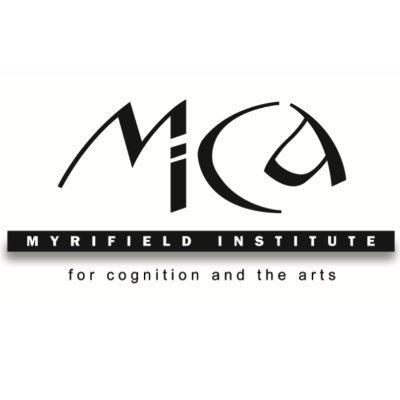
Last paper:
Grazia Pulvirenti, Renata Gambino, Neurohermeneutics. A Transdisciplinary Approach to Literature
- Peer review
- Submit a paper
- Suggest a paper
- Contact us
- Partner program
Cristóbal Pagán Cánovas,
Towards a theory of integrated emotions: Antonio Damasio and Conceptual Blending
 Topics: Emotion; Cognition; Blending;
Topics: Emotion; Cognition; Blending; DOWNLOAD PAPER
Download size: B
By merging in some crucial aspects, Damasio’s somatic markers hypothesis, his theory of consciousness as feeling, and the network model for conceptual blending can contribute to a more integral view of emotion cutting across body, brain, mind and culture. Meaning construction is present throughout the neural representations of stimulus, body and self as described by Damasio. Fauconnier and Turner’s model of network thinking eliminates the tension between juxtaposing the components of emotion and blending them into an integrated experience. Emotionally competent objects acquire affective meaning within a conceptual integration network. Somatic markers constitute a crucial input to the blending process. Selective perception of bodily feelings, just like external perception and proprioception, is part of the conceptual process and anchors conceptual blends, facilitating and driving the construction of meaning. Emotion and cognition, feelings and conceptual integration, are inextricably intertwined. Meaning is naturally affective.
Project
The Neuro Humanities Studies Network aims at creating a multidisciplinary research community in order to develop and structure a linking platform for neuro-scientific, cognitive topics and humanities.
Click on each keyword to show papers related with it.









